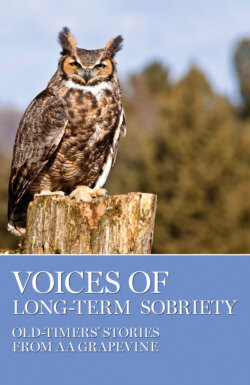Читать книгу Voices of Long-Term Sobriety - Группа авторов - Страница 15
На сайте Литреса книга снята с продажи.
SECTION TWO Living History
Оглавление… he was the first living human with whom I had ever talked, who knew what he was talking about in regard to alcoholism from actual experience. In other words, he talked my language. He knew all the answers, and certainly not because he had picked them up in his reading.”
“Dr. Bob’s Nightmare,” Alcoholics Anonymous
AA’s early years were exciting, often turbulent times. An AA member was considered a longtimer if he had one or two years, newcomers often went out and drank again, Twelfth-Step calls on active drunks were common, there were far fewer meetings than at present, and the Traditions were still evolving. There were many struggles, some failures, and growing success in this period of trial and error. When Bill W. first wrote about the Ninth Tradition (in the August 1948 issue of Grapevine), saying, “Each AA Group needs the least possible organization,” a few old-timers must have chuckled, “Why, AA never has been organized!”
Through the first-hand accounts that follow, we can begin to see the creative chaos out of which AA grew—what Bill W. called the “benign anarchy” of the Fellowship before it grew into a democracy. What sustained early members then was a simple but profound hunger to stay sober and adopt this new way of life. We are here because of them, because of the power of one alcoholic communicating with another.
